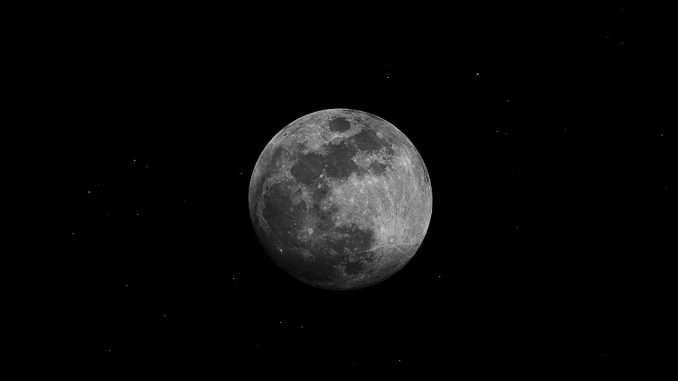Caves on the Moon

Scientists have confirmed the existence of a sizable cave on the moon near where Neil Armstrong and Buzz Aldrin landed 55 years ago. They suspect there are hundreds more that could house future astronauts.
An Italian-led team reported that evidence points to a large cave accessible from the deepest known pit on the moon, located at the Sea of Tranquility, just 250 miles (400 kilometers) from the Apollo 11 landing site. This pit, like over 200 others discovered, was formed by the collapse of a lava tube.
Researchers used radar measurements from NASA’s Lunar Reconnaissance Orbiter and compared them with Earth’s lava tubes. Their findings, published in Nature Astronomy, indicate that the cave is at least 130 feet (40 meters) wide and several tens of yards long, likely more.
Most of these pits are located in the moon’s ancient lava plains, though there could be some at the moon’s south pole, where NASA plans astronaut landings later this decade. Permanently shadowed craters at the south pole are believed to contain frozen water, which could be used for drinking and rocket fuel.
The findings suggest there could be hundreds of pits and thousands of lava tubes on the moon. These structures could provide natural shelter for astronauts, protecting them from cosmic rays, solar radiation, and micrometeorite strikes. Building habitats from scratch would be more time-consuming and challenging, even considering the need to reinforce cave walls to prevent collapse.
Additionally, the unaltered rocks and materials inside these caves could help scientists better understand the moon’s history, particularly its volcanic activity.